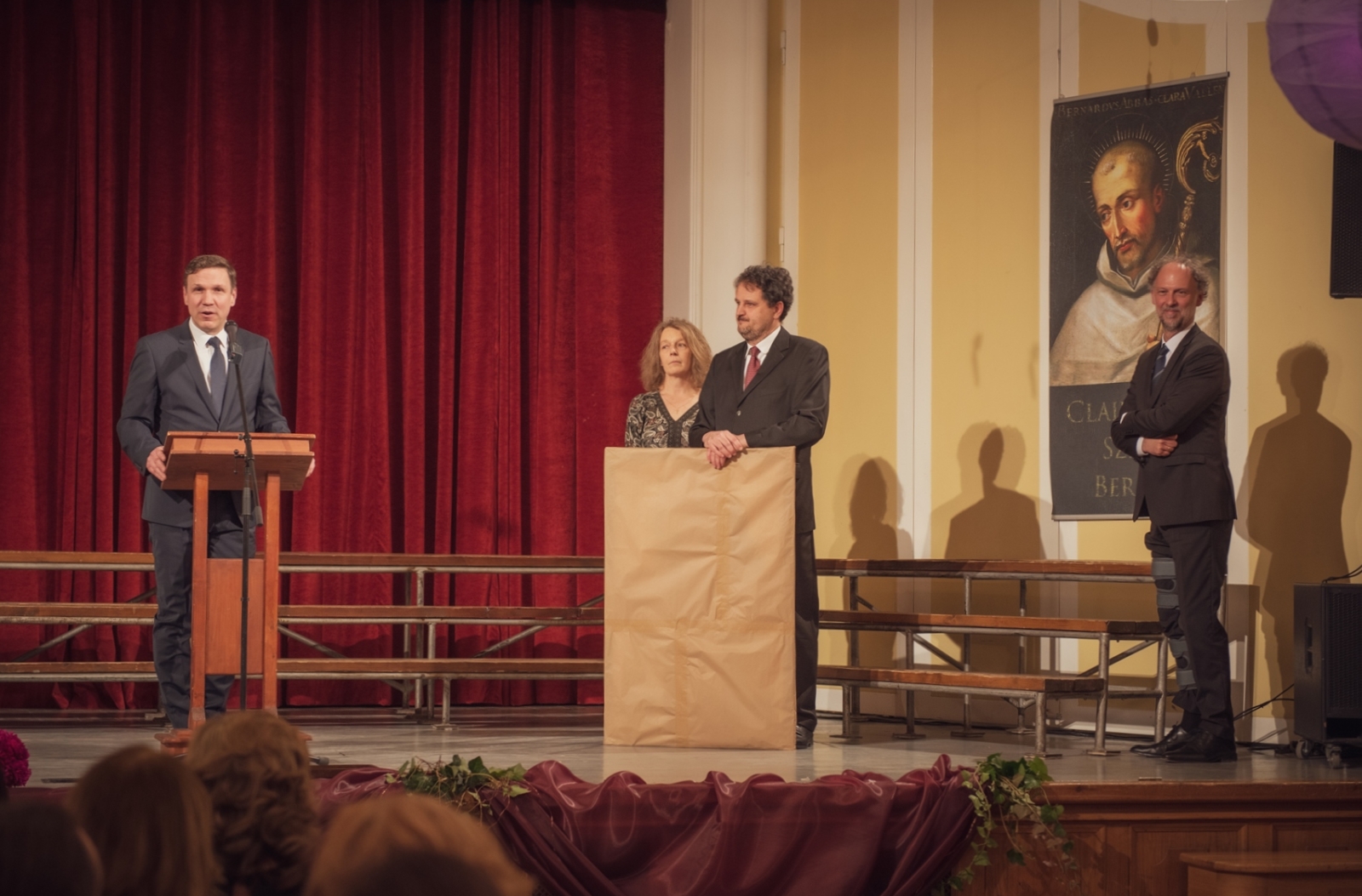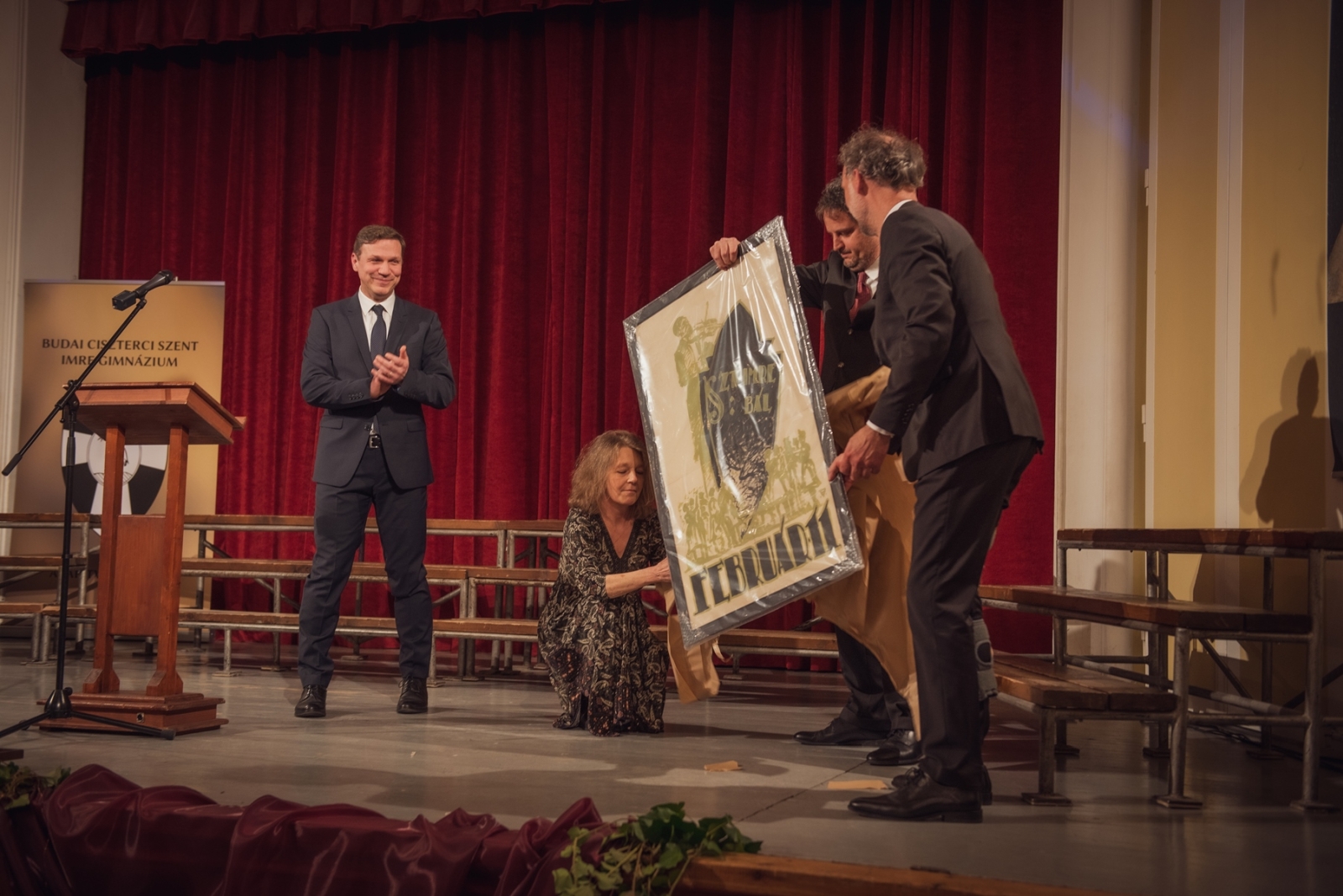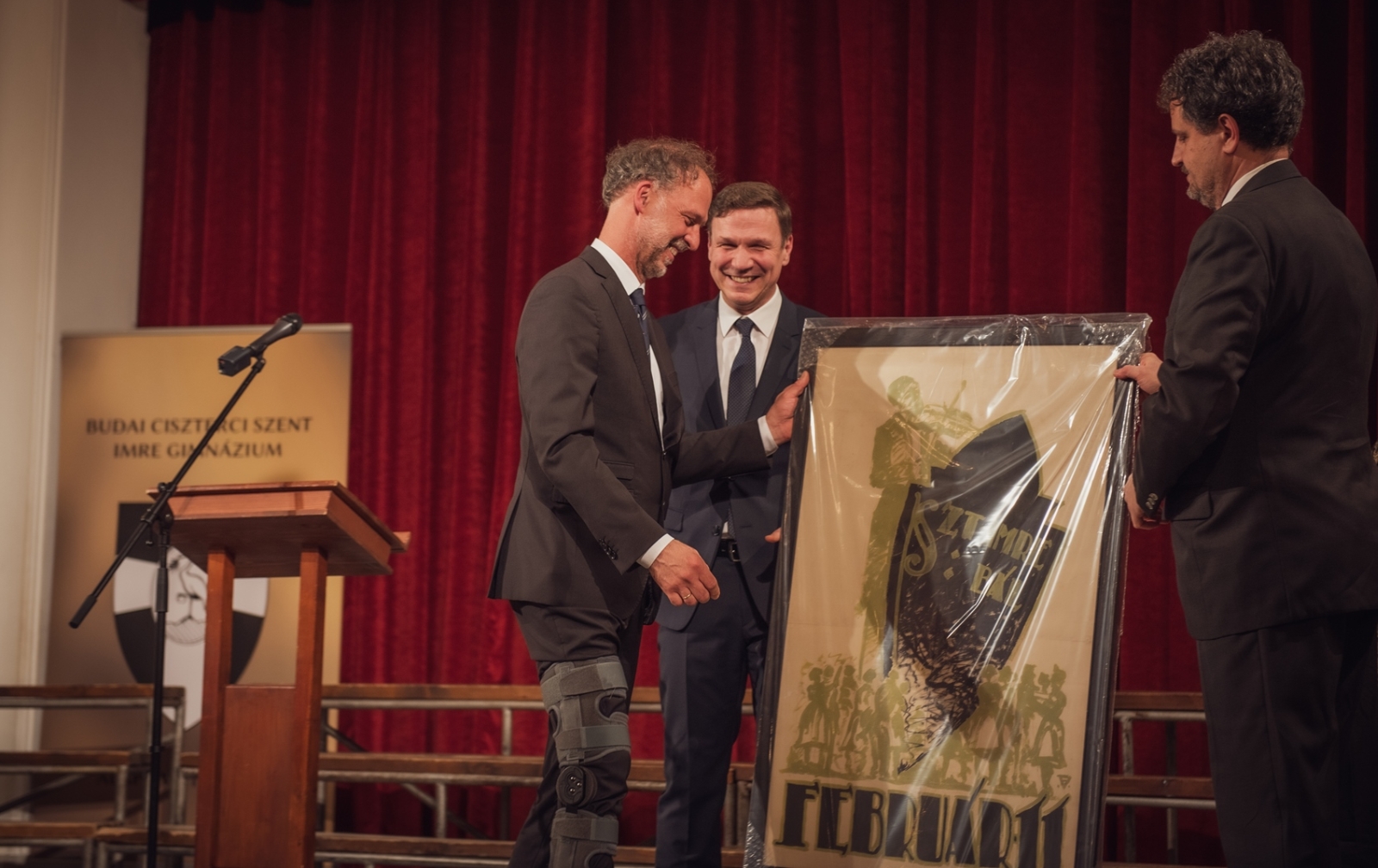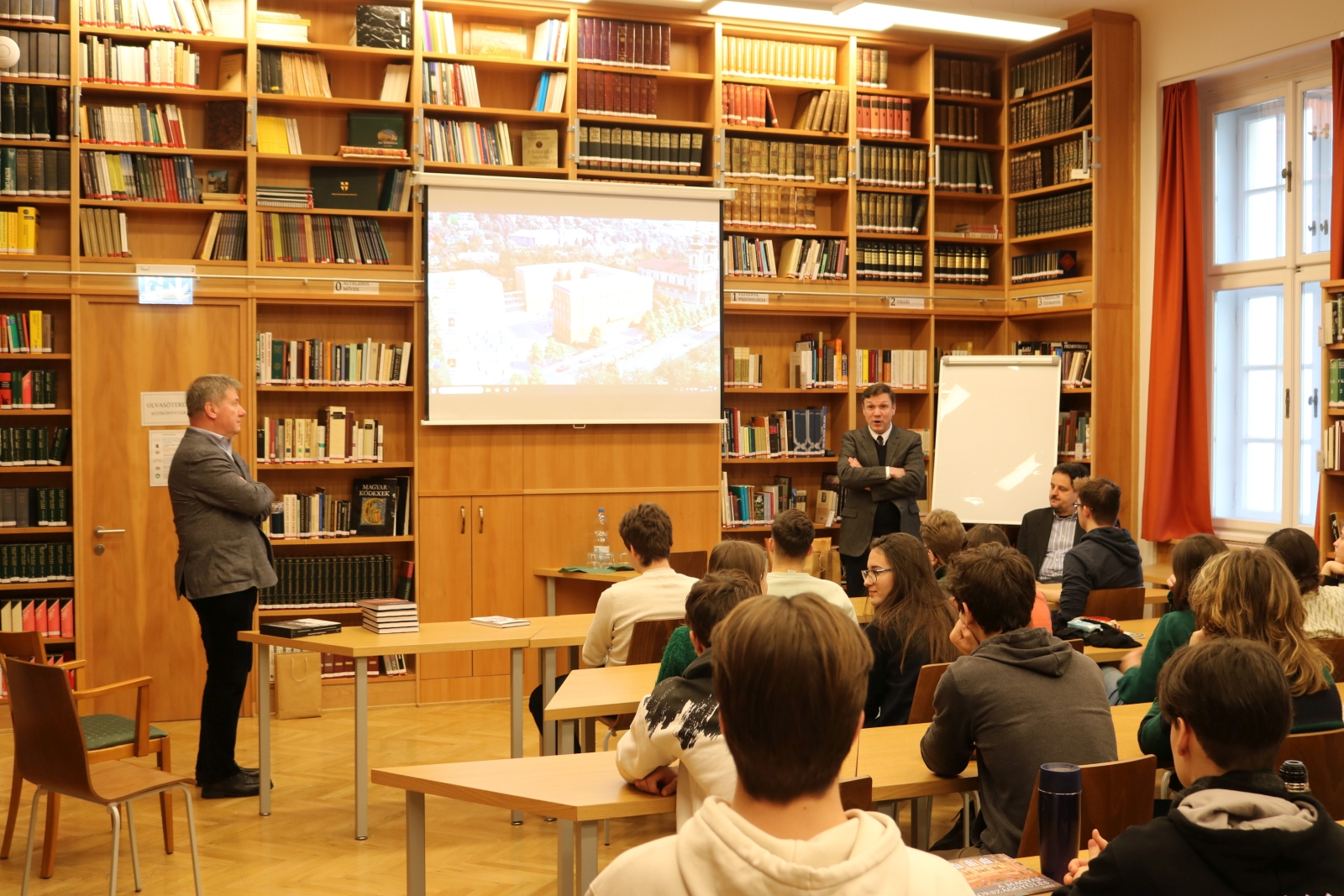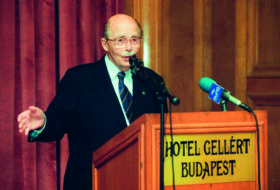The Otto von Habsburg Foundation obtained a poster promoting the St Imre Ball on 11 February 1925. This social event was held regularly between 1890 and 1914, with the exception of a few years, and after a long break the tradition was revived exactly one hundred years ago, on 20 February 1924. From the very beginning, the ball of the St Imre Circle of Catholic University and College Students was a prestigious event, with the patronage of Bishop Fülöp Steiner of Székesfehérvár and Count János Zichy. The latter was a well-known politician at the turn of the century, an imperial and royal chamberlain who served twice as Minister of Religion and Education in the Hungarian governments of the dualist era.
One hundred years ago, at the 1924 St. Imre Ball, which was hosted at the Hotel Gellért, Count János Zichy, Catholic priest József Vass, Minister of Welfare and Labour, and Bishop Gyula Glattfelder of Csanád, the latter as the patron of the ball, were present. A few months later, the first so-called “Otto dinner” was organised in honour of the former heir to the throne, which became an unmissable event for those who sympathised with the royal family in exile between the two wars, rivaling the St Imre Ball in popularity. Well in advance of the latter, in 1925, the police sent out a press release requesting that only those with an invitation should attend and that tickets should be purchased at the St lmre Circle’s office on Ráday Street.
The balls were also indirectly connected to Otto von Habsburg, first and foremost through the person of Count János Zichy, who was one of the founders of the Szent Imre Circle. The Count was a tutor to the heir to the throne in exile, and played an important role in compiling the Hungarian curriculum for him, and visited the family several times in Spain. He was asked by Queen Zita, among others, to be a member of the graduation examination board before which Otto von Habsburg gave an account of his knowledge in 1930.
It is also interesting to note that participation in the St Imre Ball was not restricted by political or religious affiliation. Between the two wars, the guests included people with legitimist sentiments who were sympathetic to Otto von Habsburg or had good relations with him, such as members of the Andrássy family, the Zichys, or the Mailath counts. In 1929 the family of Archduke Joseph August was the guest of honour at the event.
In the same year, ninety-five years ago, the gates of the Saint Imre Grammar School, later to become a renowned secondary school of the Cistercian Order, opened at the foot of Gellért Hill. This public education institution, which operated as a state school up until the regime change due to the persecution of the Church after World War II, has gradually returned to its Cistercian roots since the 1990s and recently revived the St lmre Balls. The event was reborn as an evening for the school’s foundation, which in its spirit and atmosphere can be justly regarded as the successor to the former balls organised by the St Imre Circle, which had ceased to exist in 1946.
It adds more colour to the picture that the Cistercian Order, founded in the 11th century, follows the same spirituality and rules as the Benedictine Order, which sent several monastic teachers from Pannonhalma to the family in exile to educate Otto von Habsburg. This fact, together with the above-mentioned connections, prompted the Otto von Habsburg Foundation to donate the poster it had acquired, announcing the St Imre Ball of 1925, to the grammar school bearing the name of the son of the first Hungarian king.
This valuable and rare print was presented by the Deputy Director of our Foundation to Bence Barlay, Director of the Grammar School, in the presence of the guests at the St. Imre Ball held on 3 February 2024. In addition to the donation of the poster, the colleagues of the Otto von Habsburg Foundation held an unconventional history lesson on 23 January 2024 and made an agreement on a longer-term cooperation, the next stage of which will be the presentation of our travelling exhibition at the Szent Imre Grammar School.
Gergely Fejérdy

